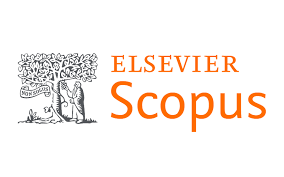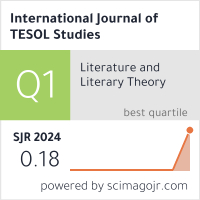2632-6779 (Print)
2633-6898 (Online)


Scopus
Ulrich’s Periodicals Directory (ProQuest)
MLA International Bibliography
MLA Directory of Periodicals
Directory of Open Access Journals (DOAJ)
QOAM (Quality Open Access Market)
British National Bibliography
WAC Clearinghouse Journal Listings
EBSCO Education
ICI Journals Master List
ERIH PLUS
CNKI Scholar
Gale-Cengage
WorldCat
Crossref
Baidu Scholar
British Library
J-Gate
ROAD
BASE
Publons
Google Scholar
Semantic Scholar
ORE Directory
TIRF
China National Center for Philosophy and Social Sciences Documentation
Simon Pryor
Niigata University, Japan
Matthew Diaz
Seishin Girls’ Middle and High School in Niigata, Japan
Mike Ruddick
Niigata University, Japan
Abstract
In Japan there has recently been a national movement to include students with Special Educational Needs (SEN) in mainstream education. In recent years, Japanese universities have seen a rise in SEN student numbers. As English is a compulsory subject for first year students at most universities in Japan, it is not unreasonable to predict that regular contact between SEN students and English faculty will occur on a regular basis. Studies have shown that negative attitudes of faculty members have had an adverse effect on SEN students (Kendall, 2016) and that SEN students are more likely to face obstacles such as lower academic expectations, inferior pedagogy, and a lack of access to the core curriculum (Wolanin & Steele, 2004). If this is true, then it is imperative that English-teaching faculty at Japanese universities are aware of any barriers in their classrooms that may contribute negatively to the education of SEN students. In order to determine if barriers exist, fifteen English teachers working at Japanese universities were interviewed to ascertain their experiences, interactions and perceptions with regards to SEN students. The findings show that, while positive attitudes and behavior toward SEN students exist, so do barriers to learning. The writers conclude that awareness building and training regarding SEN is key to reducing these barriers. Finally, examples of possible training courses are given, as are recommendations for university English teachers.
Keywords
Special educational needs, barriers to education, Japanese universities, English teaching faculty, teacher and peer group attitudes